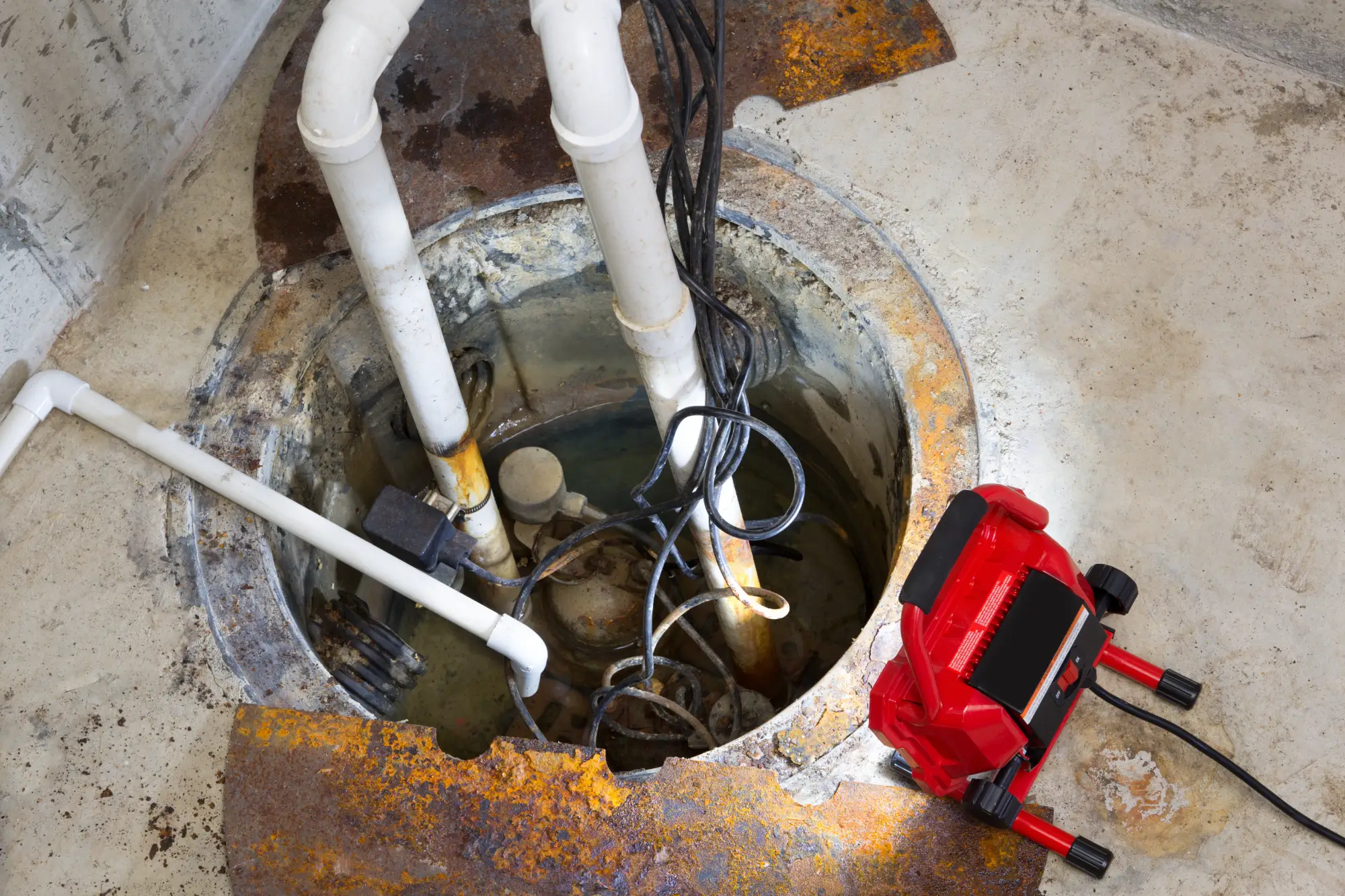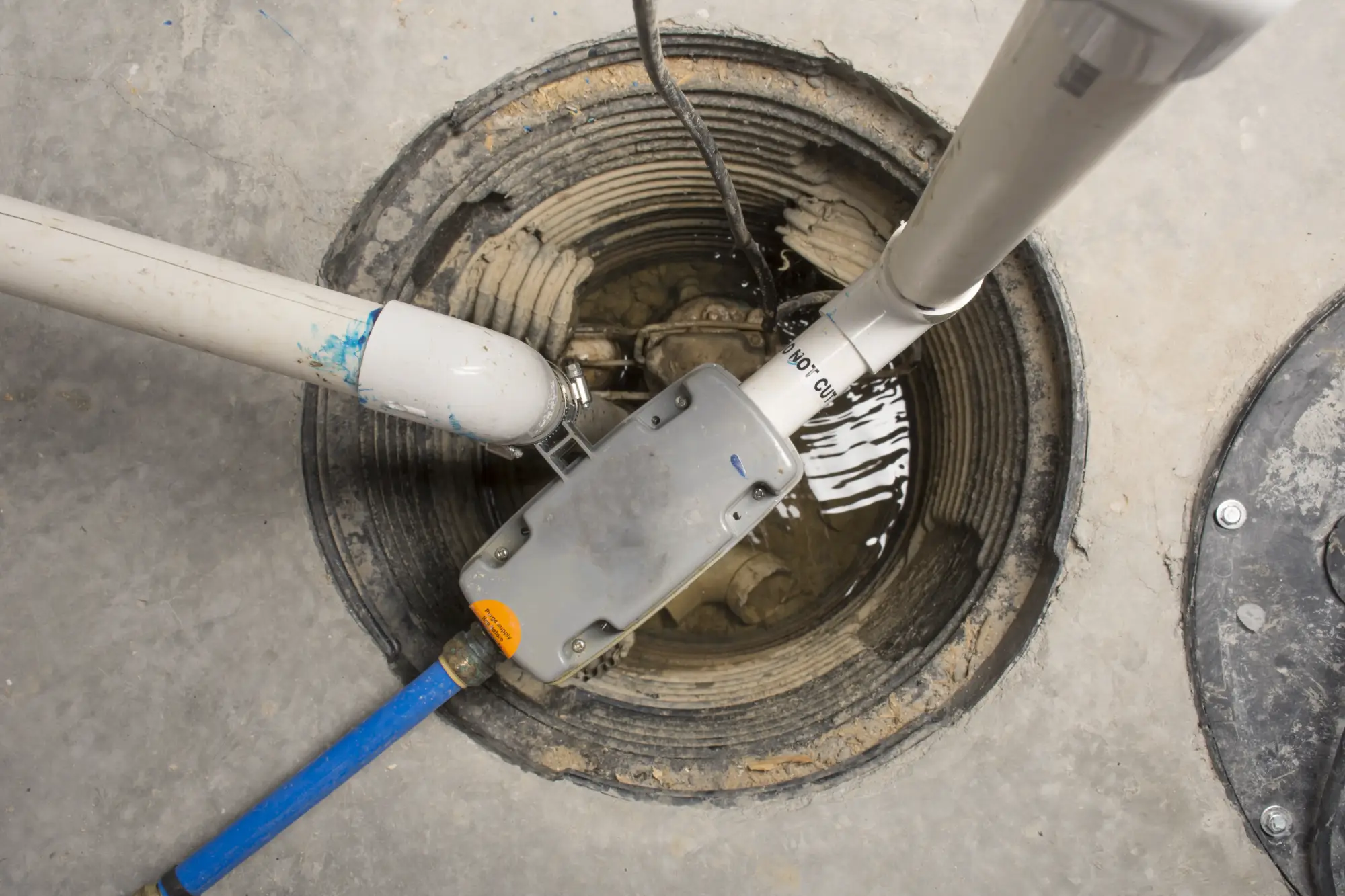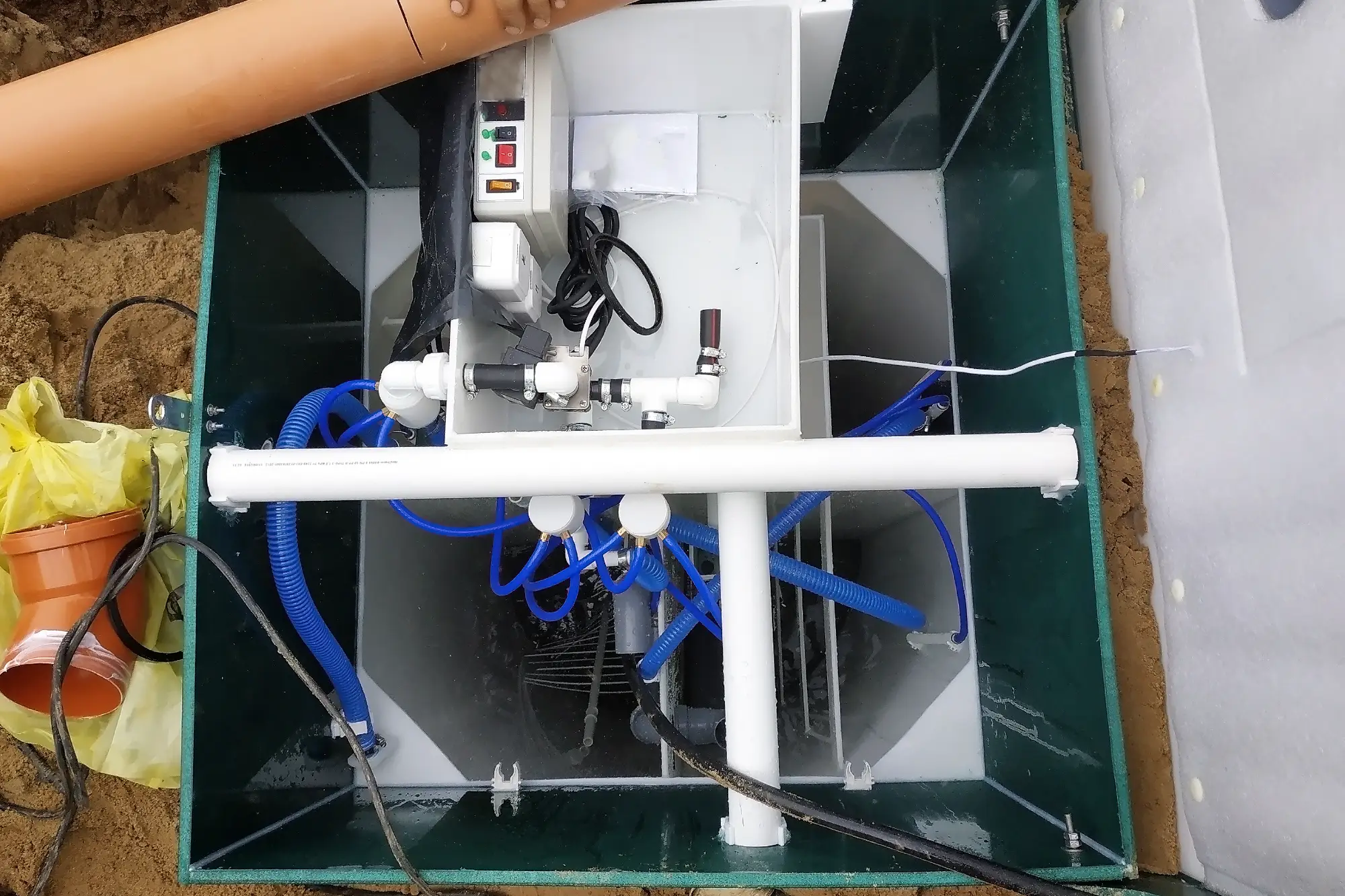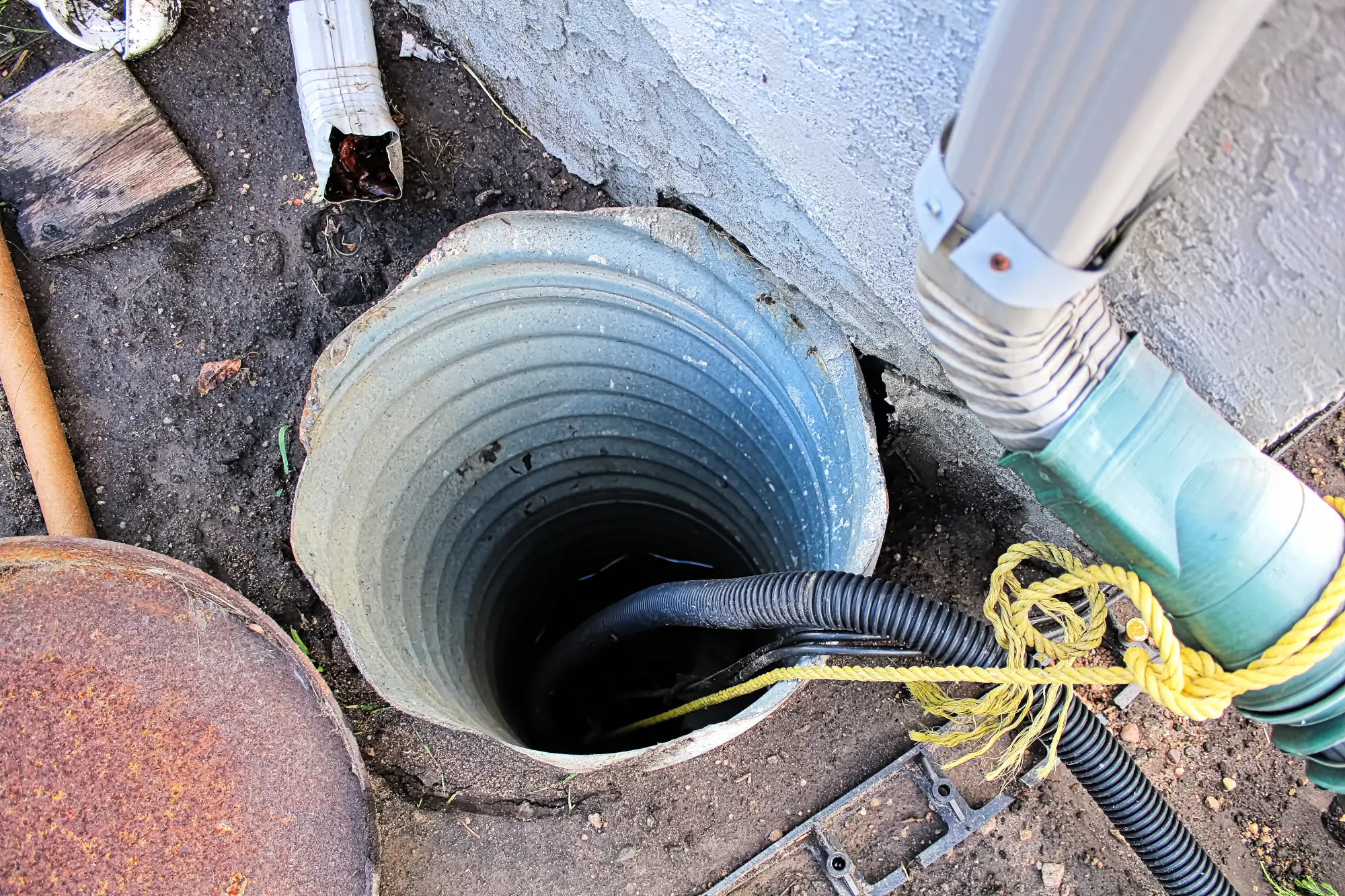Sump Pump Installation in Wantagh, NY
Stop Worrying About Basement Floods
Get reliable sump pump installation that actually works when storms hit Wantagh.

Hear About Us

Basement Protection Wantagh NY
You know that sinking feeling when heavy rain starts and you’re wondering if your basement will flood again. With a properly installed basement sump pump system, you can actually relax during storm season.
No more rushing downstairs every time it rains hard. No more moving boxes and furniture away from potential water damage. Your finished basement stays usable, your stored belongings stay safe, and you sleep better knowing your home is protected.
A reliable sump pump installation means you’re not dealing with the headache and expense of water damage cleanup. You’re not replacing ruined items or dealing with mold issues down the road. You’re just living in your home without constantly worrying about what the next rainstorm might bring.
Sump Pump Installers Wantagh
Diamond Masonry & Waterproofing LLC has been handling basement water issues across Nassau County for years. We understand how Wantagh’s soil conditions and water table create unique challenges that generic solutions can’t handle.
We’re not just throwing in any pump and calling it done. We’re sizing systems properly, installing backup power options, and making sure everything meets local codes. When we install your basement sump pump, it’s built to handle what Long Island weather actually throws at it.
You’re working with contractors who live and work in this area. We’ve seen what works and what fails when the next big storm hits.

Sump Pump Installation Process
First, we evaluate your basement’s specific water issues and drainage patterns. Every Wantagh home is different, and we need to understand where water enters and how much volume your system needs to handle.
Next, we dig the sump pit in the right location and install the basin with proper drainage connections. We’re not cutting corners on the foundation work – this needs to be done right the first time. We install the primary pump, backup pump if needed, and all the discharge piping.
Finally, we test the entire system and show you how it works. You’ll know exactly what to expect from your new basement sump pump system and how to maintain it. We handle all permits and inspections so you don’t have to worry about code compliance.

Ready to get started?
Explore More Services
About Diamond Masonry & Waterproofing
Get a Free Consultation
Custom Sump Pump Solutions
Your sump pump installation includes proper pit excavation, high-quality pump selection based on your basement’s needs, and complete discharge system setup. We install battery backup systems when needed so you’re protected even during power outages.
We use pumps that can handle Long Island’s seasonal water challenges – not the basic models that fail when you need them most. Your installation includes proper check valves, alarm systems, and discharge piping that won’t freeze or clog.
You get a system that’s sized correctly for your home, installed to code, and built to last. We’re not just installing equipment – we’re solving your basement water problems for the long term.

How do I know if I need a new sump pump installation?
What size sump pump do I need for my basement?
Should I get a battery backup sump pump system?
How long does sump pump installation take?
What maintenance does a sump pump need?
How much does professional sump pump installation cost?
Local Resources
- Google Map Link
- Find the Wantagh, NY USPS
- Locate Nearby Wantagh, NY Pharmacies
- View the Current Weather in Wantagh, NY
- Wantagh, NY is located in Nassau county in New York State